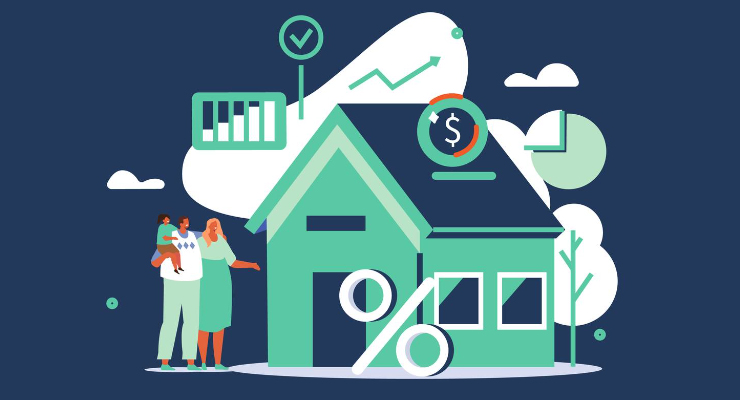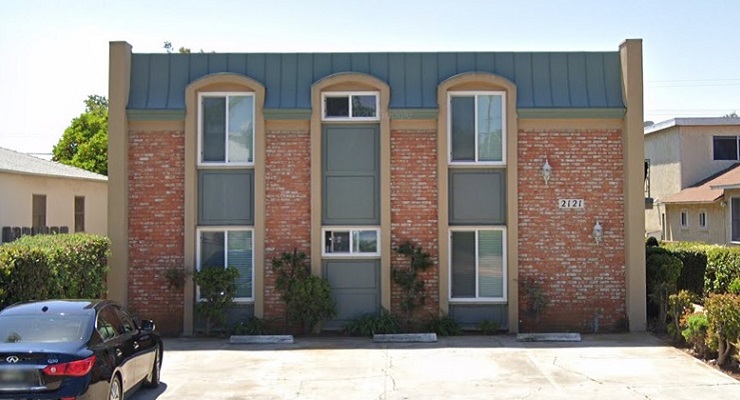
Based on several important factors, the economy is having a solid growth pace so far in the first quarter with consumers feeling more confident about their financial well-being than last year, for example, according to a recent report from the California Association of Realtors (CAR).
That resilience in spending, in fact their eagerness to spend, said the report, could be keeping inflation from falling, and may create a real problem for the Fed in bringing down interest rates in the near term.
Fed Reserve Bank Chair Jerome Powell said Wednesday that Federal Reserve officials will likely reduce their benchmark interest rate later this year, despite recent reports showing that the U.S. economy is still strong, and that U.S. inflation picked up in January and February.
In a speech at Stanford University, Powell said, “The recent data do not … materially change the overall picture, which continues to be one of solid growth, a strong but rebalancing labor market, and inflation moving down toward 2% on a sometimes bumpy path.”
Most Fed officials “see it as likely to be appropriate” to start cutting their key rate “at some point this year,” Powell added.
Other indicators such as household purchasing power, on the other hand, suggest that the economy should start pulling back in the near future, said the CAR report.
As of now, the Central Bank is still projected to cut rates by 75 bps this year, said CAR, with the first rate-cut expected to come in June. Should the prediction be true, rates should begin a more sustainable declining trend in May, which should help improve the housing market in the spring home buying season, according to the CAR.
There was little change in consumer’s assessment of the economy in March, as the Conference Board reported a slip of its Consumer Confidence Index by just 0.1 points from a downwardly revised 104.8 recorded in February, said the CAR report.
According to a recent Conference Board report, The Present Situation Index—which is based on consumers’ assessment of current business and labor market conditions—increased to 151.0 (1985=100) in March, from 147.6 in February. Meanwhile, the Expectations Index—based on consumers’ short-term outlook for income, business, and labor market conditions—fell to 73.8 (1985=100), down from 76.3 last month. An Expectations Index reading below 80 often signals a forthcoming recession.
“Consumers’ assessment of the present situation improved in March, but they also became more pessimistic about the future,” said Dana M. Peterson, Chief Economist at The Conference Board.
“Confidence rose among consumers aged 55 and over but deteriorated for those under 55,” he added. “Separately, consumers in the $50,000-$99,999 income group reported lower confidence in March, while confidence improved slightly in all other income groups. However, over the last six months, confidence has been moving sideways with no real trend to the upside or downside either by income or age group.”
Consumers, in general, felt more positive about their current situation, but also became more concerned about their future outlook. The Present Situation Index increased 3.4 points month-over-month to 151.0 in March, but the Expectation Index fell 2.5 points from the prior month to 73.8. Lower expectations for the labor market conditions and the consumers’ assessment of their income prospects were contributing factors to the increase in pessimism in the consumers’ short-term outlook.
With interest rates likely to fluctuate throughout the month of April, consumers’ short-term expectations could remain unsettled in the upcoming month.
At the same time, new home sales in the U.S. came in softer than expected in February, with the number of newly constructed single-family houses sold, dipping 0.3% month-over-month but gaining 5.9% year-over-year. The uptick in mortgage rates in February and a bounce back in inventory in the resale market might have curtailed sales in the new housing market in the latest report.
Prices for new homes also came down in February with the median price dropping 7.6% from the year-ago level to $400,500 and reached the lowest level since June 2021, said the CAR report, which added that declines in new home prices could be attributed to multiple factors.
According to the report, builders’ willingness to reduce prices as construction costs dipped and developers releasing more smaller and affordable units in recent months are two main reasons that may offer some explanations.
New housing inventory continued to rise and reached the highest level since November 2022, said CAR, with new housing units climbing to 462,000 in February, an increase of 5.9% from the same time last year. The February inventory level is equivalent to a supply of 8.4 months and remains well above the historical average of 5.9 months.







